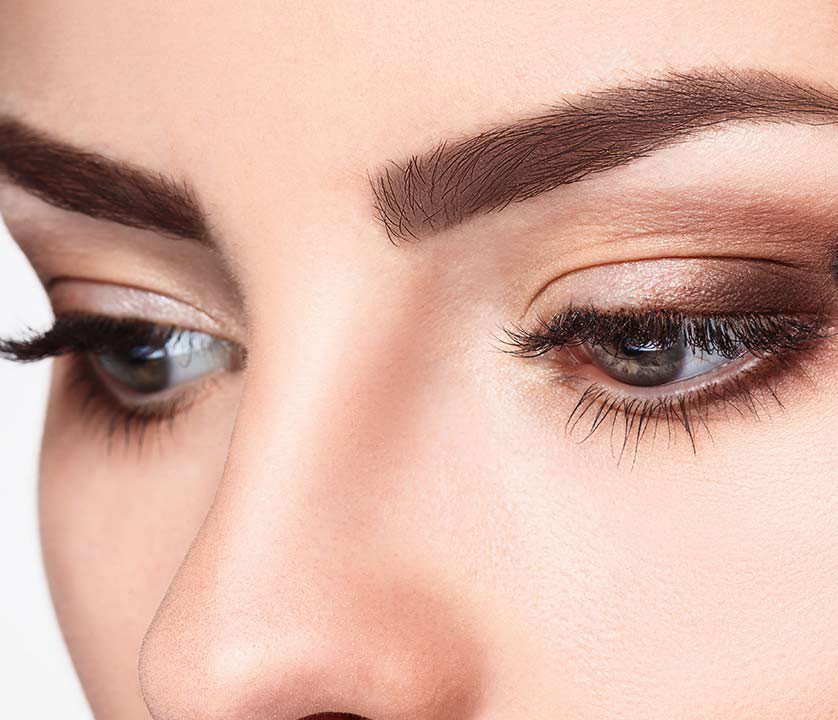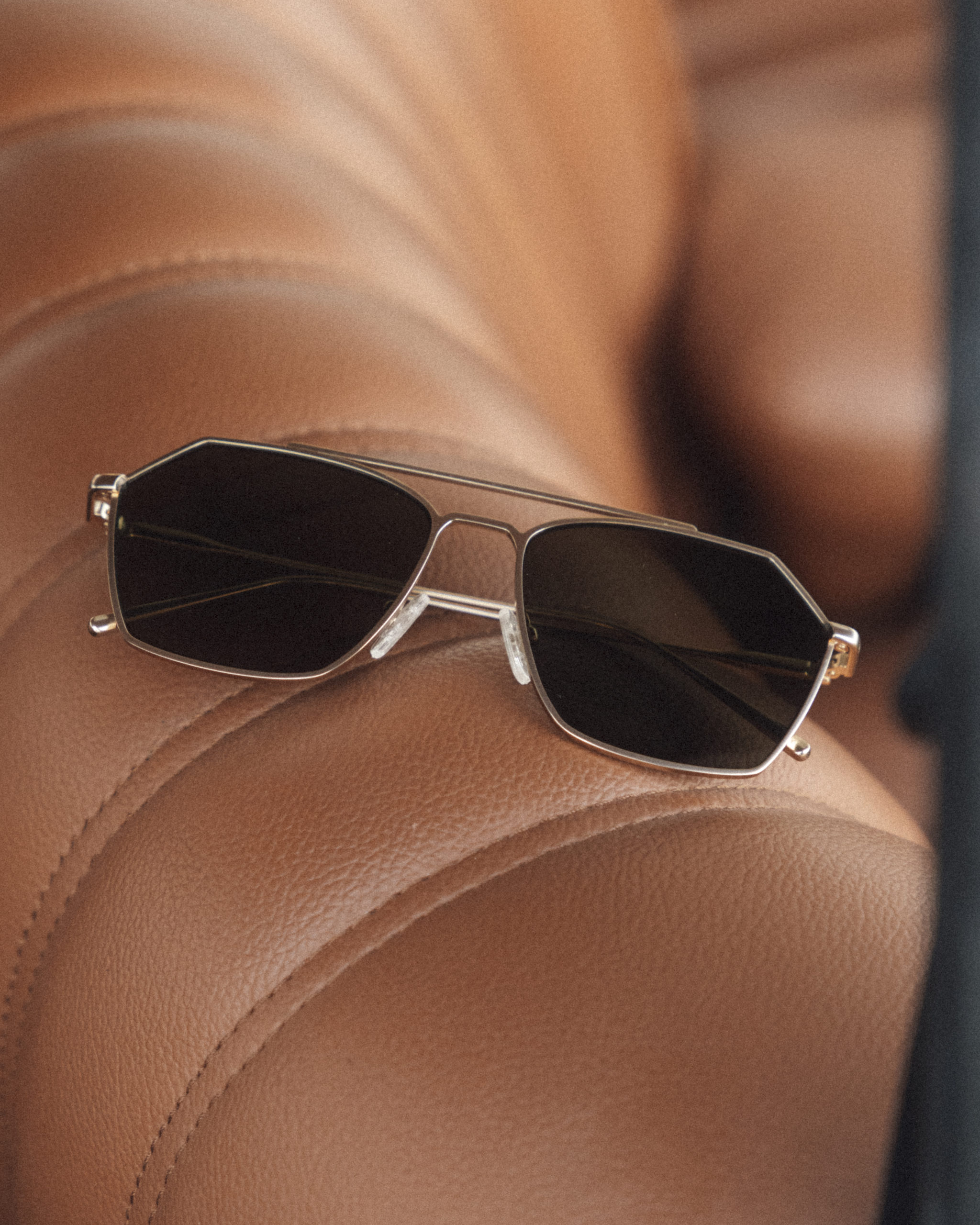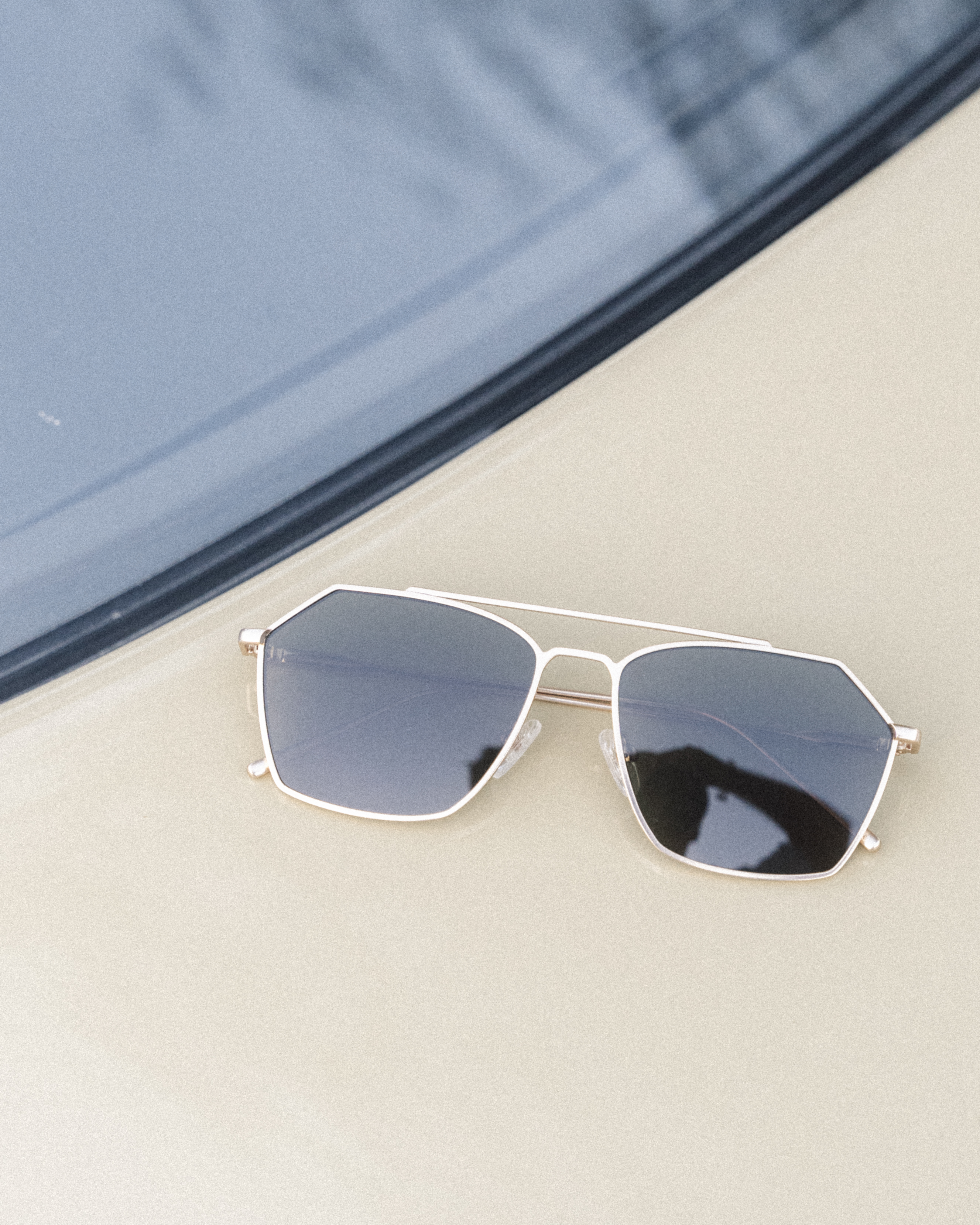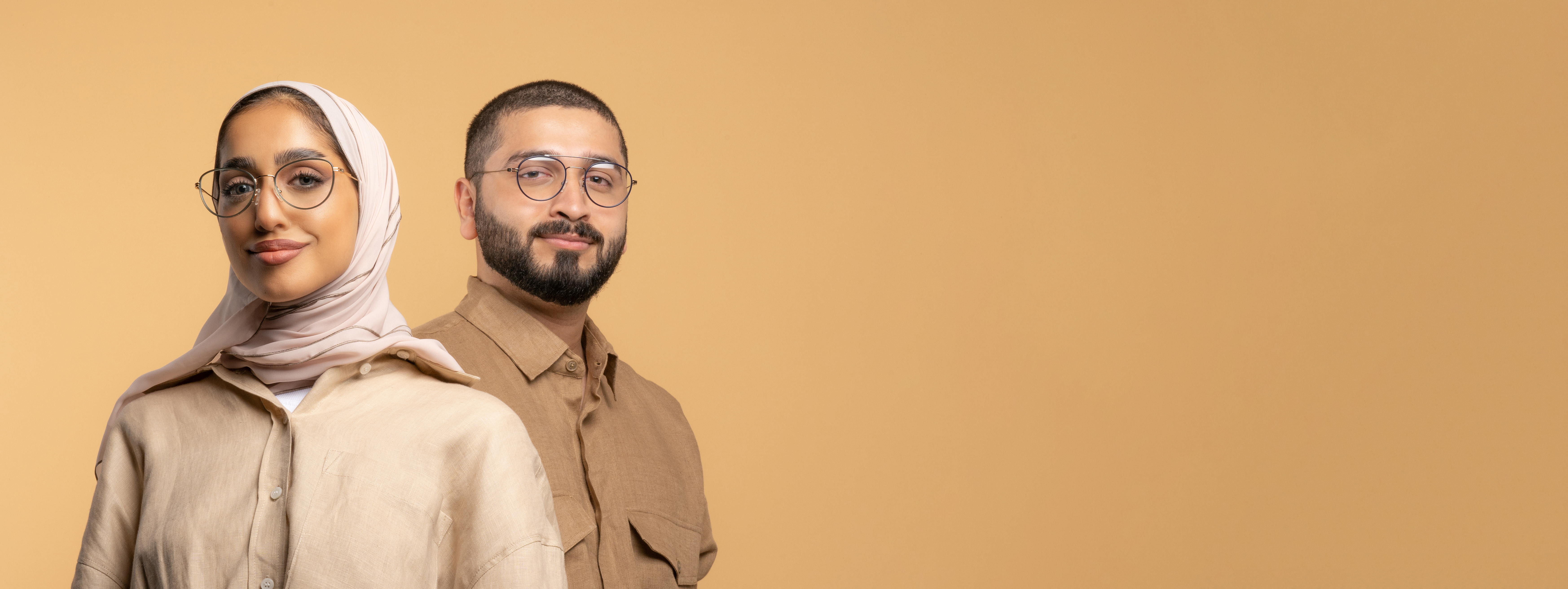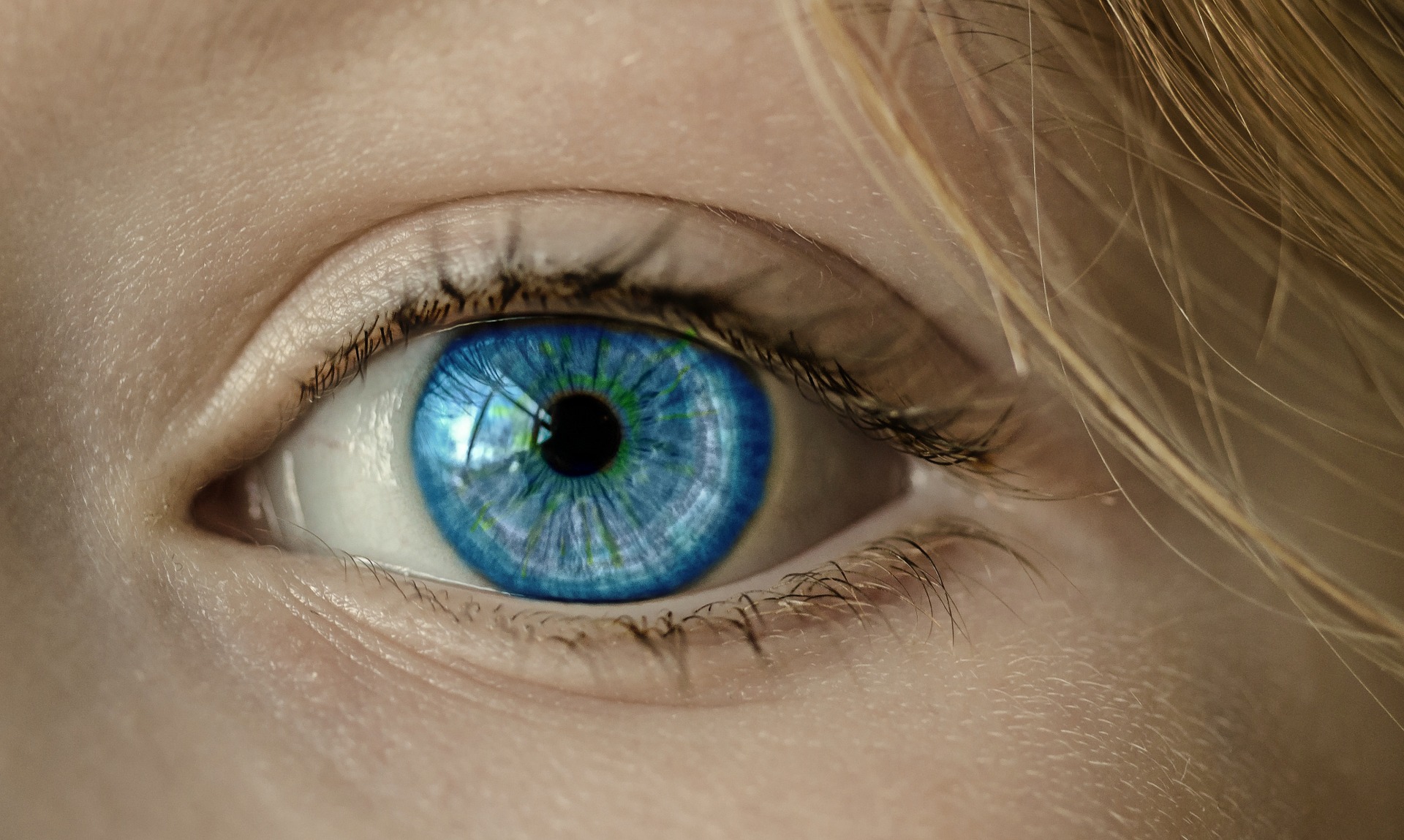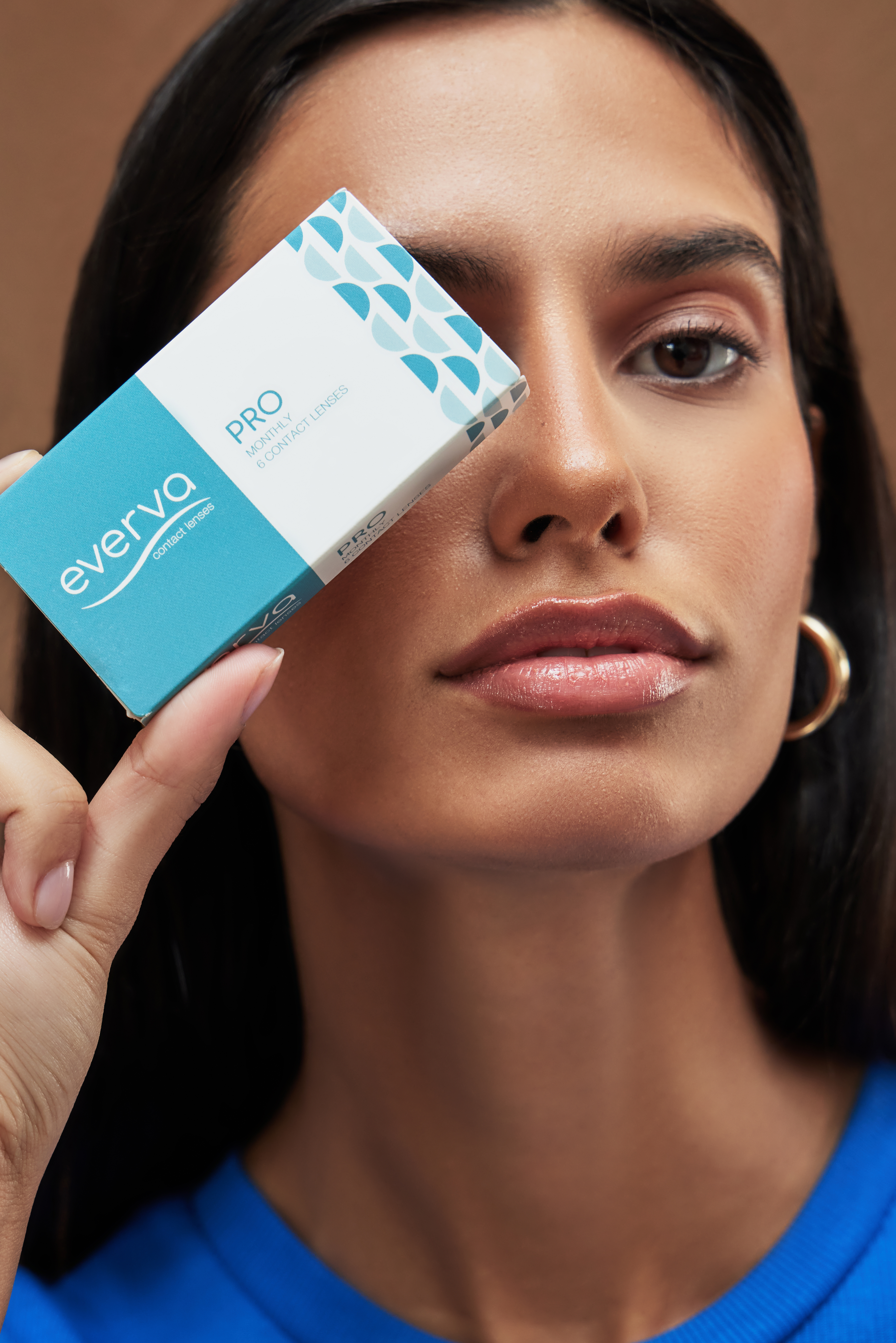Seeing Clearly: The Importance and Measurement of Pupillary Distance
Have you ever wondered how your eyeglasses are perfectly tailored to suit your vision? The secret lies in the measurement called pupillary distance. It plays a vital role in centering your eyeglasses prescription for optimal clarity.
While your eyeglasses provider typically takes care of this measurement for you, it’s strangely absent from your prescription. This omission may not pose a problem for in-store purchases, but knowing your pupillary distance becomes essential if you decide to order glasses online.
Let’s understand the importance of the measurement of Pupillary distance for glasses in this guide.
 Eyeglasses on display (Spectus_GEo_Performance_5324)
Eyeglasses on display (Spectus_GEo_Performance_5324)
What is Pupillary Distance?
Pupillary distance, also known as interpupillary distance or PD, is a straightforward yet important measurement. It simply refers to the distance between your pupils.
You may have noticed your pupils as the dark centers of your eyes; they significantly regulate the amount of light that enters.
When it’s dark, your pupils widen to let in more light; when it’s bright, they narrow to focus on nearby objects.
This dynamic function helps you see clearly in various lighting conditions. Knowing your pupillary distance becomes crucial when it comes to getting glasses. It’s just one of the many measurements needed to ensure your glasses fit perfectly and provide you with the best possible vision.
 Woman wearing eyeglasses (Windsor_7881)
Woman wearing eyeglasses (Windsor_7881)
The Importance of Pupillary Distance Accuracy
Achieve comfortable eyeglass fit
Pupillary distance holds great significance during your eye examination as it allows eye doctors to provide you with perfectly fitting glasses for your vision needs. Ensuring that the center of your lenses aligns precisely with the front of your pupils is key to a comfortable wearing experience. When your prescription is aligned with your pupils, you enjoy clearer vision and reduce the risk of eye strain.
Measurement methods
Opticians typically use specialized tools like pupillometers or digital PD meters to measure your pupillary distance accurately. They might also employ a special ruler or mark a pair of eyeglasses to assess the distance between your pupils.
Assessing near-point convergence
During the eye examination, your eye doctor may test your near-point convergence, which evaluates your eyes’ ability to focus on nearby objects. Your pupillary distance naturally shortens as you focus on an object close to your nose.
Checking stereo acuity and depth perception
Pupillary distance also plays a role in evaluating your stereo acuity or depth perception. Each of your eyes sees objects slightly differently, but your brain combines the images from both eyes to create a unified 3-dimensional image. Eye care providers can accurately assess your depth perception when you understand the variations in your visual field between your left and right eyes through pupillary distance.
 Woman holding a box of Everva PRO contact lenses (EYEWA1821)
Woman holding a box of Everva PRO contact lenses (EYEWA1821)
How to Measure Pupillary Distance?
We’ve got you covered with an easy step-by-step guide to measuring your PD at home:
Measuring on Your Own
Step 1
Eye on the mirror: Find a well-lit spot and stand about eight inches away from a mirror. Get your ruler, a pencil, and some paper ready. Now, take a confident stance and gaze straight into the mirror, positioning the ruler over your nose’s bridge.
Step 2
Start with your right eye: Align the ruler’s zero end with your right pupil. Measure the distance from your right pupil to your left pupil. Voilà! Your PD is the number that lines up with your left pupil. Write it down and measure again to ensure accuracy.
Ask a buddy to help
Keep in handy a small ruler marked in millimeters and a pencil and paper.
Step 1
Stand face-to-face with your friend. Look straight ahead, ensuring both eyes are wide open and ready to measure.
Step 2
Hand the ruler to your buddy and have them place the zero end on your right pupil. Now, measure the distance from your right pupil to your left pupil. Your PD is the number that lines up with your left pupil. Record the measurement and repeat for precision.
Step 3
Repeat the process for your left eye in the same way as mentioned in Step 2 – this time, from your left pupil to your right pupil.
 Eyeglasses on display (EYE00509-2)
Eyeglasses on display (EYE00509-2)
When to Seek Professional Help?
Your PD is vital for getting the perfect-fitting glasses, ensuring optimal vision, and preventing discomfort. While it’s possible to measure your PD at home using DIY methods, there are certain situations when seeking professional help becomes necessary. Here they are:
Headaches
When your PD is off the mark, trouble brews for your brain. Light passing through the wrong spot on your retina forces your brain’s visual cortex to work overtime, fixing those pesky visual cues. And before you know it, headaches come knocking at your door, threatening to spoil your vision. Those headaches might even discourage you from wearing your glasses, adding more difficulty to your vision.
Eye strain and blurred vision
If your eyeglass lenses are out of sync with your pupils, it leaves you with poor eyes, making you struggle to focus. This is where your eye strain starts. Wearing prescription glasses should be easy, but with an incorrect PD, it becomes a squint struggle. You might have a blurry or double vision problem if that weren’t enough. Good luck reading, driving, or even using your computer with that kind of vision.
Reduced visual acuity
Visual acuity is responsible for sharpness and clarity in your vision. But, an inaccurate PD will wreak havoc on your visuals. Suddenly, seeing fine details becomes a hassle, reading small print feels like deciphering secret code, and recognizing faces from a distance becomes a guessing game.
Adapting to new glasses
We all love a fresh pair of glasses, right? But getting adapted to it takes time. When you first slip on those cool frames, your eyes need time to adjust to the new look. A little eye strain, a dash of blurred vision, and a touch of dizziness are typical passengers in this situation. However, if these symptoms stick around for way too long, it’s time to dial your eye care provider. There could be some PD inaccuracies that need their attention.
Seeking clarity
Remember, accurate PD measurements are like the map to clear vision. If you ever feel like your glasses are causing more harm than good, don’t hesitate to contact your eye care provider. They’ll gladly discover the PD trouble and set you on the path to visual bliss.
It’s time to embrace the perfect vision
 Woman wearing sunglasses (EYEWA122084)
Woman wearing sunglasses (EYEWA122084)
Clear vision is within reach, and it all starts with understanding the significance of accurate pupillary distance measurement.
Your pupillary distance is key in ensuring your glasses fit just right, granting you the gift of crystal-clear vision without any discomfort or strain.
Remember, when ordering glasses online or getting a new prescription, pay attention to the importance of precise measurements. While DIY methods can help, seeking professional assistance from an optician guarantees the best results, especially for complex prescriptions or unique visual needs.
At Eyewa, we’re committed to providing you with a complete eyecare experience. Our range of contact lenses boasts amazing quality, offering yet another fantastic way to clearly see the world.
Head over to Eyewa now to explore our incredible collection and find the perfect eyewear!

